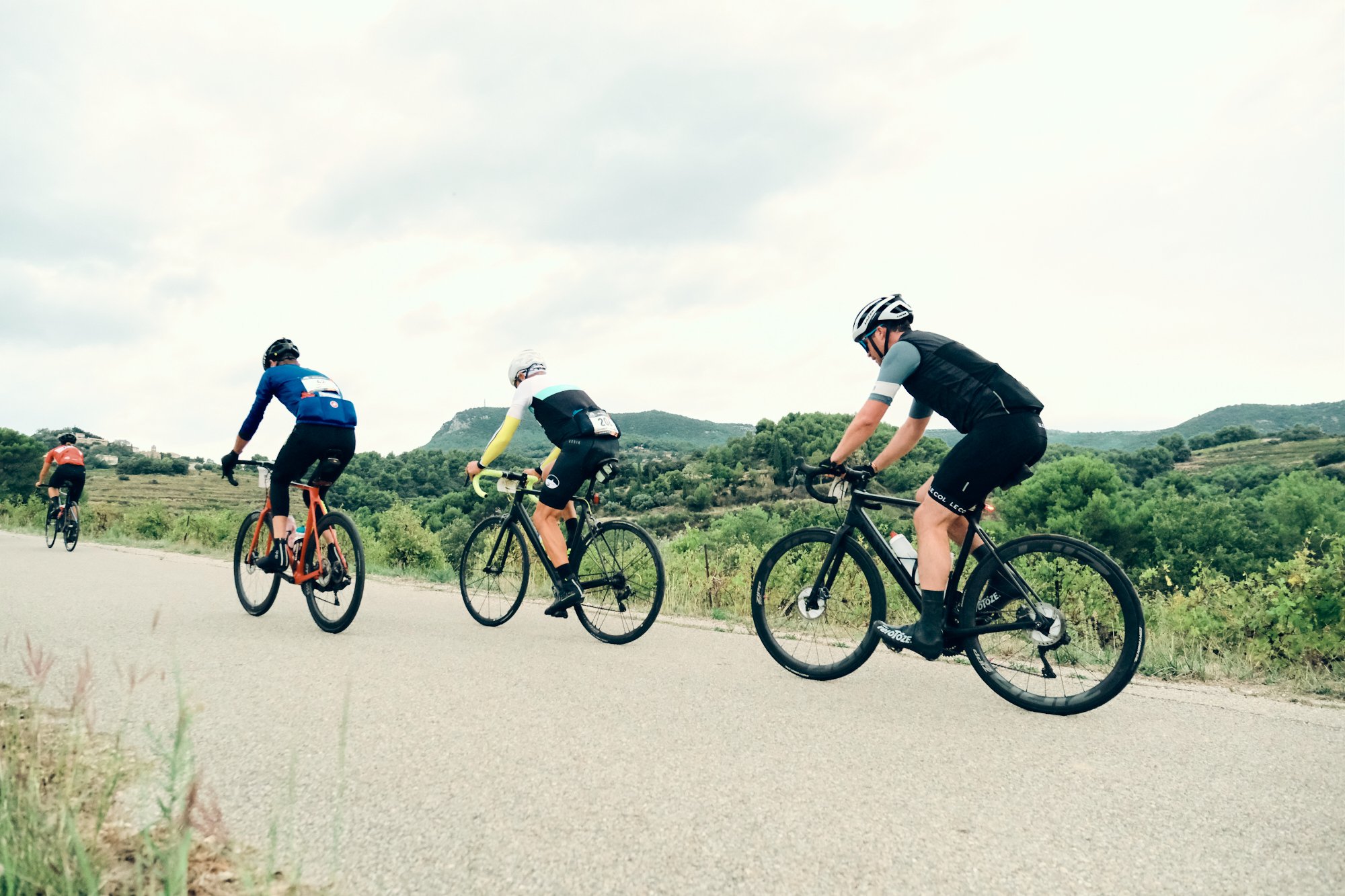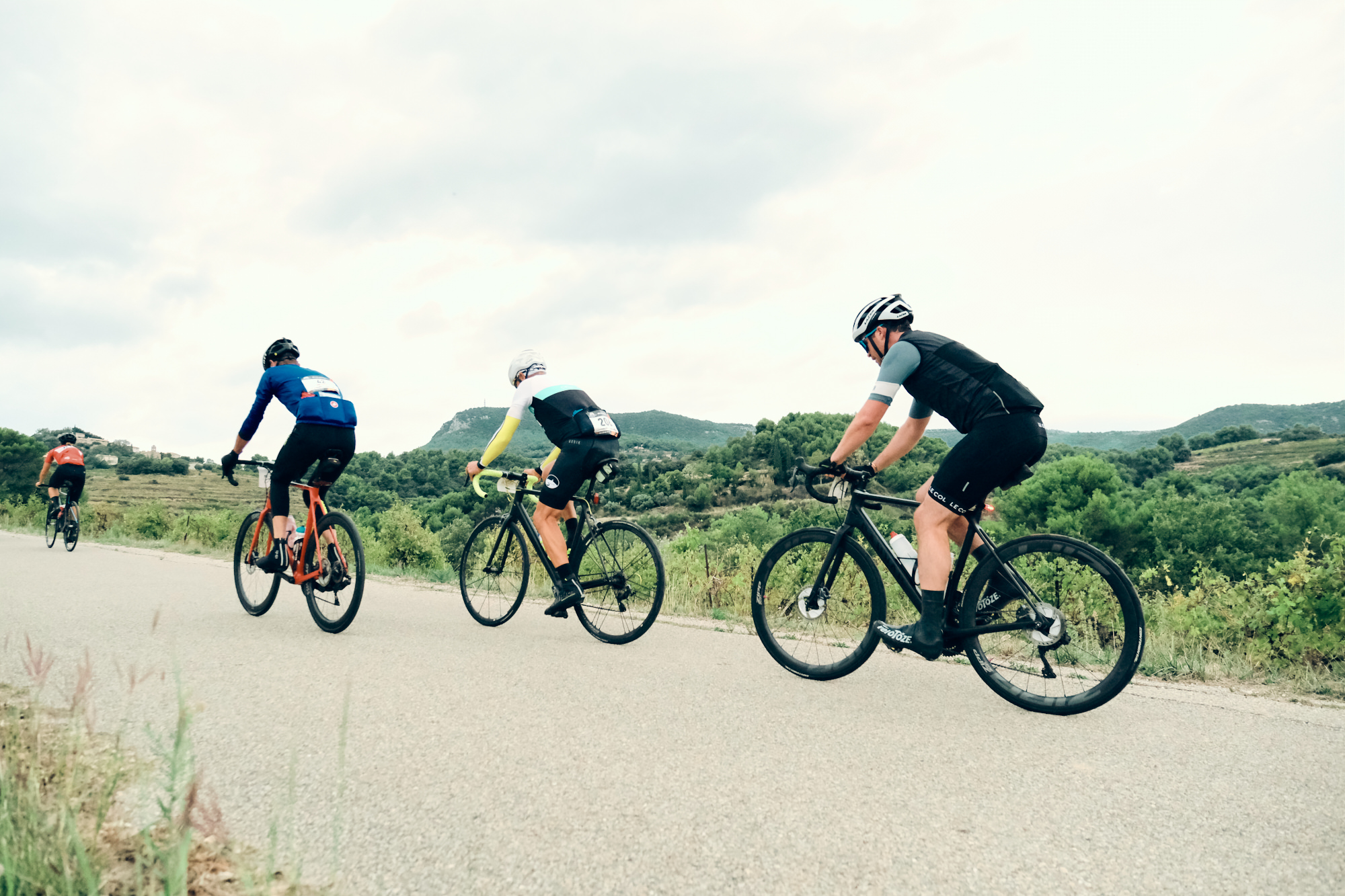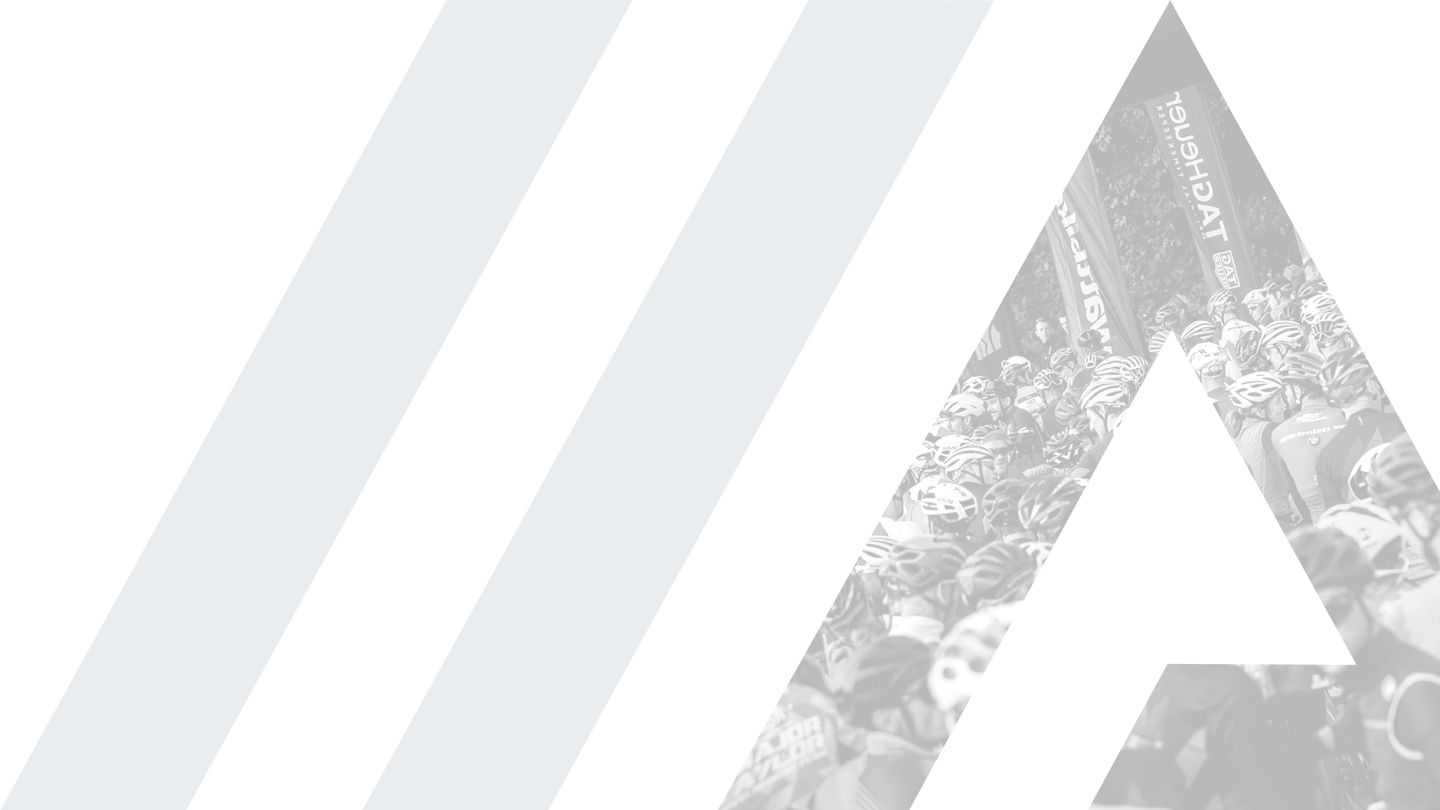Former Haute Route Elite Ambassador Colby Pearce is the world master’s record holder in the men’s 45-49 age group. As a 14-time national track champion and Olympian, he has been training and racing for the better part of 30 years. We asked Colby how he fits in all-important strength training as a master’s athlete.
Strength and Conditioning
Finding time to add strength and conditioning exercises to a busy life schedule can be a challenge for any endurance athlete, regardless of their goals in the sport or level of experience.
Many cyclists would simply prefer to spend more time on the bike. However, most riders will find benefit from making time for strength and conditioning.
« Strength and conditioning can be defined as any exercise that brings about an adaptation that will make the athlete robust enough to handle the demands of their chosen sport. »
Broadly speaking, Strength and Conditioning could take the following forms:
⇒ Stability ball work
⇒ Plyometrics
⇒ Yoga asana
⇒ Stretching
⇒ Pilates
⇒ Myofascial release
⇒ Deep breath work
⇒ Tai chi or Qigong

Cycling is also Strength and Conditioning under the above definition, but for the purpose of this discussion, we are talking about non-cycling modalities. If you think (or hope) you are in the minority who can skip strength & conditioning training, consider these points:
⇒ All humans are asymmetrical on some level.
⇒ Cycling, when considered in the context of other repetitive aerobic endurance sports (such as running, rowing, swimming, cross country skate or classic skiing, etc) is THE BEST at magnifying these asymmetries over time.
Why? Because only in cycling is the exact same motion repeated thousands of times, even in a simple 75 min road ride. This means any tiny dysfunction in muscle action, asymmetry in mobility, or neurological dysfunction will eventually become pathological over a long enough timeline.ecause only in cycling is the exact same motion repeated thousands of times, even in a simple 75 min road ride. This means any tiny dysfunction in muscle action, asymmetry in mobility, or neurological dysfunction will eventually become pathological over a long enough timeline.
⇒ Cycling also promotes limited range of movement (the leg is never fully extended, and the upper body barely moves except when riding out of the saddle, and even this is a fraction of what the spine, shoulders, arms and neck are capable of) which leads to adaptive muscle shortening. This means: muscles get strong in the range they are used, and weak in the ranges they are not.
⇒ Cycling requires a strong and stable core (true power on the bike is generated from the hips, as it is in most sports) but cycling does not develop a strong or stable core.
⇒ Cycling has no eccentric load whatsoever, which limits force production and peak torque maintenance.
⇒ Cycling requires various stabilizers in the lower half of the body to be expressed with full efficiency, but doesn’t work any of them during cycling. As an example, most cyclists have extremely poor ankle stability while balancing on one leg, yet cycling demands strong and stable force production from each leg individually to pedal a bike.
⇒ Cycling (particularly when executed with poor form or with a poor position) reinforces some of the most common movement / life patterns and postures that lead to a host of physical problems including back pain, “tight hip flexors”, a poorly functioning or hypertonic posterior muscular chain, “weak glutes”, “weak hamstrings”, Lower Cross Syndrome, elevated / protracted shoulders, and excessive thoracic curvature.
« Cycling makes you a better cyclist but a worse athlete
if you only ride your bike and don’t do anything else. »

There seem to be a lot of cyclists who want to live this way, and it rarely works out. Since being an athlete comes before being a good cyclist, eventually, becoming a poor athlete will impact your cycling. This is also why we see riders, sometimes quite fast on the bike, who are poor overall athletes eventually run into trouble on the bike.
A Flow State Ride is a ride in which you were able to lose yourself completely in the experience of the ride, without any distraction or negative sensation from your body as a result of riding.
Examples of Flow State Ride disruptors:
⇒Knee, back or neck pain
⇒ Numbness in the groin or hands
⇒ feeling of being “twisted” on the bike or rotated around the axis of the seat tube
⇒A lack of power while seated on climbs, or in a strong headwind
⇒ A feeling of not being connected to one of the pedals
⇒ A sensation that one leg is working while the other doesn’t seem to generate good power
⇒ A sensation that even when fueled and hydrated, endurance is not adequate (relative to the context of training, IE a ride that is 50% longer but lower intensity than your average duration for the last month is intolerable or very difficult)
.jpg?width=521&name=DSC_2289%20(1).jpg)
If any of these challenges sound familiar, it may be time to take a hard look at your off the bike habits and consider integrating some strategic strength & conditioning training into your routine. Adding actionable items to the total training load in a thoughtful way can raise total adaptation. Find some tips when preparing an Haute Route , with Wattbike's.
Colby Pearce







